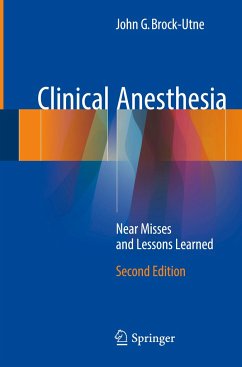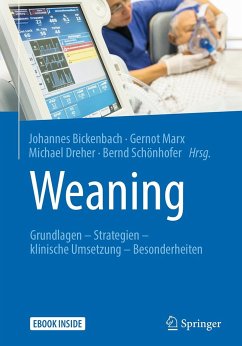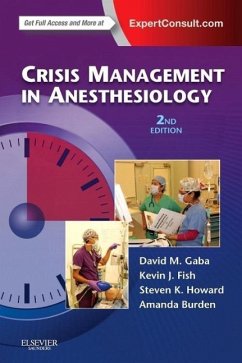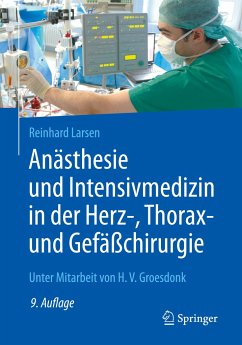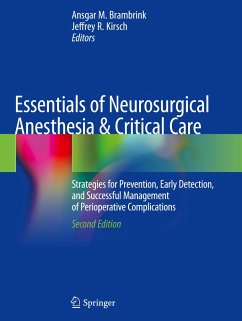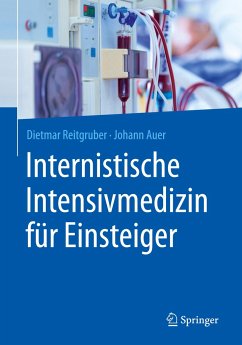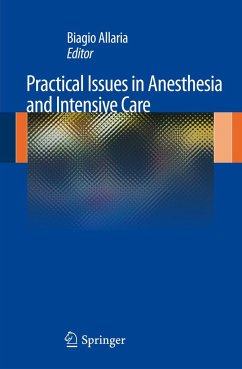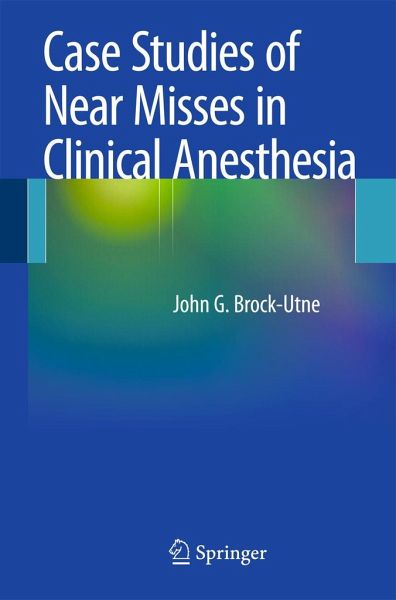
Case Studies of Near Misses in Clinical Anesthesia

PAYBACK Punkte
31 °P sammeln!
All anesthesiologists eventually face the fear of a "near miss," when a patient's life has been put at risk. Learning from the experience is crucial to professionalism and the ongoing development of expertise. Drawing on forty-plus years of practice in major metropolitan hospitals in the United States, Norway, and South Africa, John Brock-Utne, MD presents 80 carefully selected cases that provide the basis for lessons and tips to prevent potential disaster. The cases emphasize problem-centered learning and span a broad range of topics-from an outbreak of operating room infection (could it be t...
All anesthesiologists eventually face the fear of a "near miss," when a patient's life has been put at risk. Learning from the experience is crucial to professionalism and the ongoing development of expertise. Drawing on forty-plus years of practice in major metropolitan hospitals in the United States, Norway, and South Africa, John Brock-Utne, MD presents 80 carefully selected cases that provide the basis for lessons and tips to prevent potential disaster. The cases emphasize problem-centered learning and span a broad range of topics-from an outbreak of operating room infection (could it be the anesthesia equipment?), complications of fiberoptic intubations, and problems with epidural drug pumps, to performing an urgent tracheostomy for the first time, working with an aggressive surgeon, and what to do when a patient falls off the operating table during surgery. 80 true-story clinical "near misses" never before published, ideal for problem-centered learning, recommendations, references, and discussions accompany most cases, rich basis for teaching discussions both in or out of the operating room, settings include sophisticated as well as rudimentary anesthetic environments, complements the author's other case book, Clinical Anesthesia: Near Misses and Lessons Learned (Springer, 2008).





